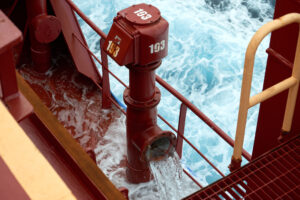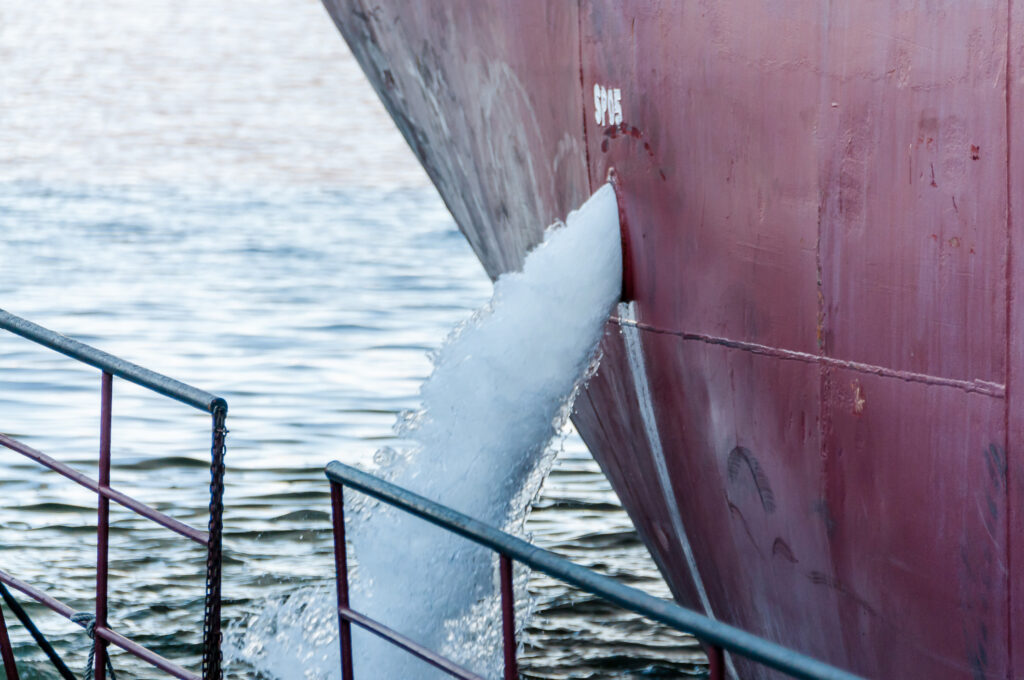BALLAST WATER MANAGEMENT: New amendment enforced
2019, November 1: The second amendment to the International Maritime Organization’s Convention on ballast water management, BWM Convention – D2, was enforced on October 13, 2019. The BWM Convention is a global response to control the environmental disasters caused by the transport and discharge of alien species, flora and fauna in ballast water. The IMO documents that scientists first identified the problem in 1903 when the Asian phytoplankton algae Odontella (Biddulphia sinensis) turned up in the North Sea in massive volume. Canada and Australia were among countries experiencing problems with invasive species. In the late 1980s, they raised the matter at a meeting of the IMO’s Marine Environment Protection Committee (MEPC).
 The resulting action was implementation of the BWM Convention on September 8, 2017. The amendments were adopted in April of last year. The D1 standard addresses ballast water exchange, which must be done in open ocean, at least 200 nautical miles from land, in more than 200 metres depth; and, the volume of water to be pumped through the tanks in the process. The D2 standard covers approved ballast water treatment systems and the efficacy standards to be applied.
The resulting action was implementation of the BWM Convention on September 8, 2017. The amendments were adopted in April of last year. The D1 standard addresses ballast water exchange, which must be done in open ocean, at least 200 nautical miles from land, in more than 200 metres depth; and, the volume of water to be pumped through the tanks in the process. The D2 standard covers approved ballast water treatment systems and the efficacy standards to be applied.
THE D2 STANDARD
Regulation D-2 Ballast Water Performance Standard – Ships conducting ballast water management shall discharge less than 10 viable organisms per cubic metre greater than or equal to 50 micrometres in minimum dimension and less than 10 viable organisms per millilitre less than 50 micrometres in minimum dimension and greater than or equal to 10 micrometres in minimum dimension; and discharge of the indicator microbes shall not exceed the specified concentrations.

The IMO stipulates that: All ships including submersibles, floating craft/platforms, FSUs and FPSOs) are to manage their ballast water in accordance with an approved Ballast Water Management Plan and record such management in a Ballast Water Record Book in accordance with the provisions of the Convention. []





